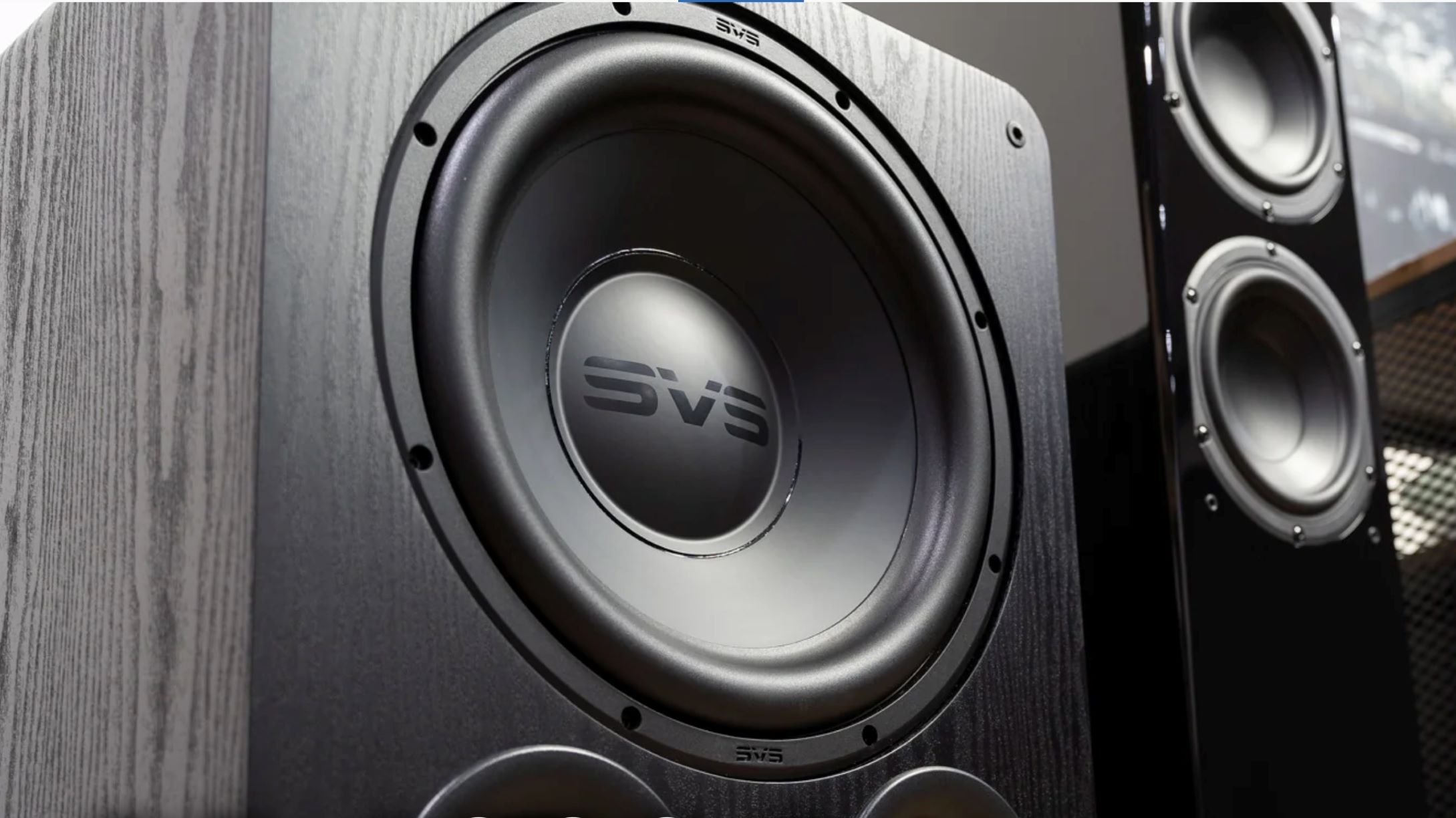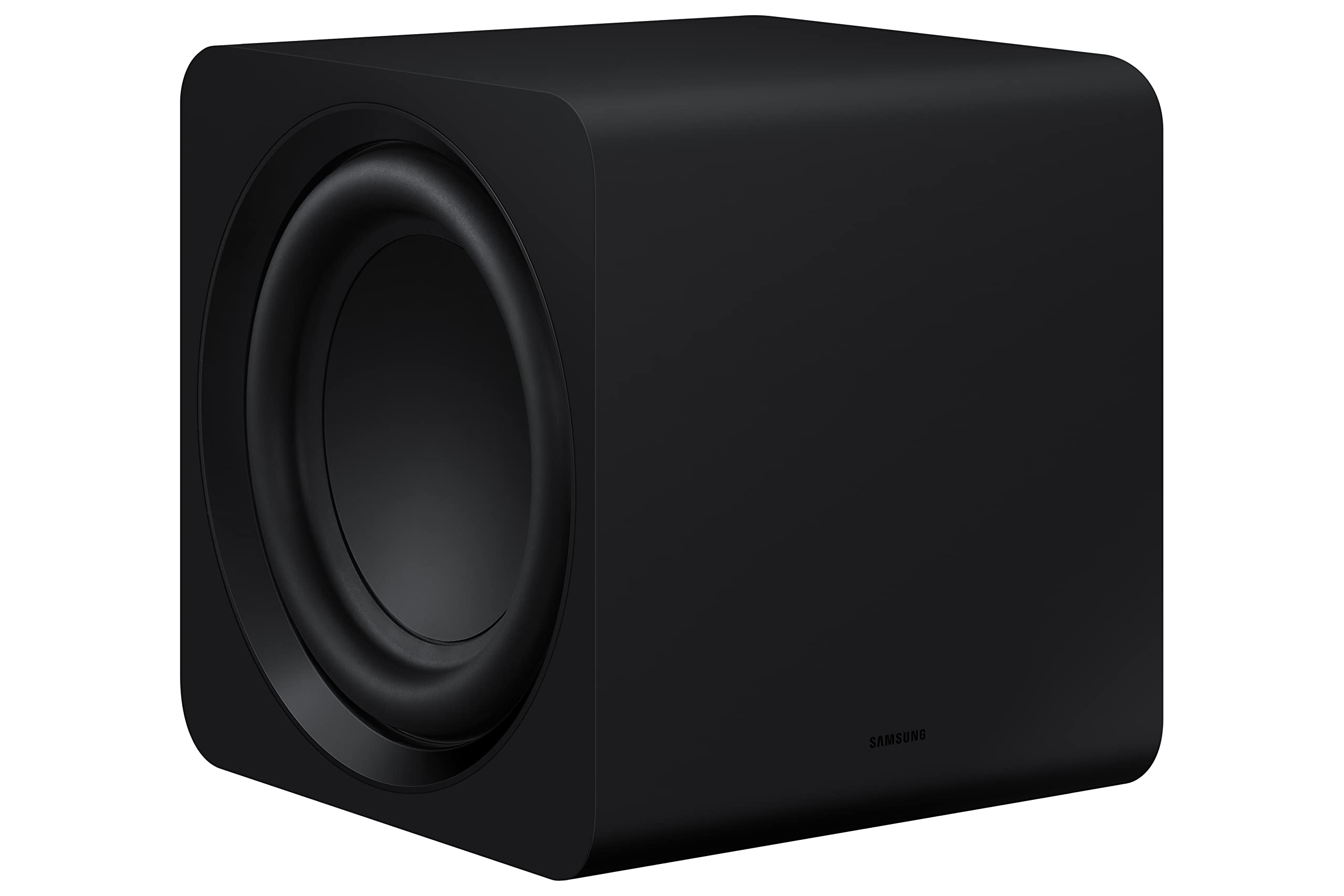Home>Devices & Equipment>Subwoofer>How To Turn Up Volume On Samsung Subwoofer


Subwoofer
How To Turn Up Volume On Samsung Subwoofer
Published: January 22, 2024
Learn how to turn up the volume on your Samsung subwoofer with our step-by-step guide. Enhance your audio experience and enjoy powerful bass with your subwoofer.
(Many of the links in this article redirect to a specific reviewed product. Your purchase of these products through affiliate links helps to generate commission for AudioLover.com, at no extra cost. Learn more)
Table of Contents
Introduction
In today’s modern home entertainment systems, a subwoofer plays a crucial role in delivering powerful and immersive audio experiences. Designed specifically to reproduce low-frequency sounds, subwoofers add depth and richness to the overall sound quality. Samsung subwoofers, in particular, are known for their exceptional performance and advanced features.
Whether you’re a music enthusiast, a movie buff, or a gamer looking to enhance your audio setup, understanding how to optimize and adjust the volume of your Samsung subwoofer is essential. In this article, we will explore the process of turning up the volume on your Samsung subwoofer, providing you with step-by-step instructions and troubleshooting tips along the way.
Before we delve into the specifics, it’s important to note that each Samsung subwoofer model may have slight variations in the setup process. However, the general principles covered in this guide should apply to most Samsung subwoofers. So, let’s dive in and discover how to unleash the full potential of your Samsung subwoofer!
Understanding the Samsung Subwoofer
Before we get into adjusting the volume of your Samsung subwoofer, it’s important to have a basic understanding of how it works. A subwoofer is a specialized speaker that focuses on reproducing low-frequency sounds, typically below 100 Hz. Its purpose is to enhance the overall audio experience by adding depth, impact, and intensity to the bass frequencies.
Samsung subwoofers are known for their innovative technology and exceptional build quality. They are designed to seamlessly integrate with Samsung soundbars or home theater systems, providing a cohesive audio setup. In many cases, the subwoofer connects wirelessly to the soundbar or receiver, eliminating the need for complex wiring setups.
One key feature of Samsung subwoofers is their ability to deliver deep and powerful bass. This is achieved through a combination of factors, including a robust driver unit, amplification capabilities, and advanced digital signal processing (DSP). Samsung subwoofers often have adjustable parameters, allowing you to fine-tune the bass response to your preferences.
Another important aspect to consider is the placement of the subwoofer within your room. Proper placement can greatly impact the sound quality and performance of the subwoofer. Ideally, the subwoofer should be placed in a corner or along a wall, as this helps to enhance bass response and create a more immersive listening experience. Experimenting with different placements can help you find the sweet spot for optimal bass reproduction.
Understanding the technology and design principles behind your Samsung subwoofer will help you appreciate its capabilities and make the most out of its performance. Now that we have a good grasp on what a subwoofer does and the key features of Samsung subwoofers, let’s move on to checking the connections.
Checking the Connection
Before adjusting the volume on your Samsung subwoofer, it’s important to ensure that it is properly connected to your audio system. A faulty connection can lead to a lack of sound or poor performance. Follow these steps to check the connection:
- Inspect the cables: Start by examining the cables that connect your subwoofer to the soundbar or receiver. Ensure that they are securely plugged in and that there are no visible signs of damage.
- Verify the power supply: Make sure that the subwoofer is receiving power. Check that it is plugged into a working power outlet and that the power indicator light is on.
- Synchronize the wireless connection (if applicable): If your Samsung subwoofer connects wirelessly to the soundbar or receiver, verify that the wireless connection is properly established. Refer to the user manual for instructions on syncing the devices.
- Test the audio signal: Play some audio through your system and see if the subwoofer is producing sound. You can do this by playing a movie with impactful low-frequency effects or listening to a bass-heavy song.
- Adjust the subwoofer level (if available): Some Samsung subwoofers allow you to adjust the level of the bass output. Consult your user manual to determine how to access and adjust this setting. It can help ensure that the subwoofer is properly balanced with the rest of your audio setup.
If you’ve checked all the connections and the subwoofer is still not working correctly, refer to the troubleshooting section for further assistance. Ensuring a solid and reliable connection is essential for optimal performance of your Samsung subwoofer.
Adjusting the Subwoofer Volume
Now that you have confirmed that your Samsung subwoofer is properly connected, it’s time to learn how to adjust the volume to achieve the desired bass level. Follow these steps to adjust the subwoofer volume:
- Locate the volume controls: Depending on the model of your Samsung subwoofer, the volume controls may be located on the subwoofer itself or on the remote control that came with your audio system. Familiarize yourself with the location of these controls.
- Start at the default level: If you are unsure about the ideal volume level to begin with, it’s recommended to start at the default level. This ensures that the subwoofer is not overpowering the rest of the audio and allows you to make gradual adjustments.
- Make incremental adjustments: Begin by making small adjustments to the subwoofer volume. Increase it slightly and listen to how it impacts the overall sound. Take note of the sweet spot where the bass is present and balanced without overpowering the rest of the audio.
- Consider the room acoustics: Keep in mind that the acoustics of your room can influence the perceived bass levels. Factors such as the size of the room, the shape of the room, and the presence of furniture or carpeting can affect how the bass travels and resonates. Make adjustments accordingly to find the optimal bass response for your specific room.
- Test different audio sources: To ensure that your subwoofer is well-tuned for various types of audio content, test it with different sources. Play music, movies, and games that have varying levels of bass to gauge how well the subwoofer handles different frequencies and dynamic range.
By following these steps and taking your time to make incremental adjustments, you can fine-tune the subwoofer volume to your liking. Remember that personal preference plays a significant role in determining the ideal bass level, so trust your ears and make adjustments accordingly.
Troubleshooting Common Issues
While Samsung subwoofers are known for their reliable performance, there may be times when you encounter common issues that affect the sound quality or functionality. Here are some troubleshooting tips to help you address these issues:
- No sound from the subwoofer: If you’re not getting any sound from the subwoofer, ensure that the cables are securely connected to the appropriate audio outputs. You may also need to check the settings on your audio system to make sure the subwoofer output is enabled.
- Weak or distorted bass: If the bass from your subwoofer sounds weak or distorted, try adjusting the volume and crossover frequency settings. The crossover frequency determines the range of frequencies sent to the subwoofer. Experimenting with different settings can help you achieve a balanced and impactful bass response.
- Interference or connection issues: If your Samsung subwoofer connects wirelessly, interference from other electronic devices may disrupt the connection. Try moving the subwoofer and the soundbar or receiver closer together to improve the signal strength. Additionally, make sure there are no obstacles blocking the wireless connection path.
- Unbalanced audio: If you find that the subwoofer is overpowering the rest of the audio or is not blending well with the soundbar, adjust the relative volume levels between the subwoofer and the other speakers. This can typically be done through the audio settings menu on your soundbar or receiver.
- Software updates: Occasionally, software updates are released to improve the performance and compatibility of Samsung subwoofers. Check for any available firmware updates on the Samsung website and follow the instructions to update your subwoofer’s software.
If you encounter persistent issues with your Samsung subwoofer that cannot be resolved through troubleshooting, it may be necessary to contact Samsung’s customer support for further assistance. They will be able to provide you with specific guidance based on your subwoofer model and help you resolve any technical or hardware-related issues.
Conclusion
In conclusion, understanding how to adjust the volume on your Samsung subwoofer is essential for achieving the perfect audio experience in your home entertainment setup. By following the steps outlined in this article, you can ensure that your subwoofer is properly connected, adjust the volume to your preference, and troubleshoot common issues that may arise.
Remember to start with the default volume level and make incremental adjustments to find the optimal bass response for your audio system and room acoustics. Take the time to test different audio sources to ensure that your subwoofer performs well with a variety of content.
If you encounter any issues, such as no sound, weak bass, or connectivity problems, refer to the troubleshooting section and try the suggested solutions. In some cases, you may need to contact Samsung’s customer support for further assistance.
With a properly adjusted Samsung subwoofer, you can elevate your listening experience, whether you’re enjoying music, movies, or games. The deep, powerful bass will immerse you in the sound and add a new dimension to your entertainment.
So, grab your remote control or head over to your subwoofer and start fine-tuning the volume. Unleash the full potential of your Samsung subwoofer and enjoy audio that resonates with every beat!











